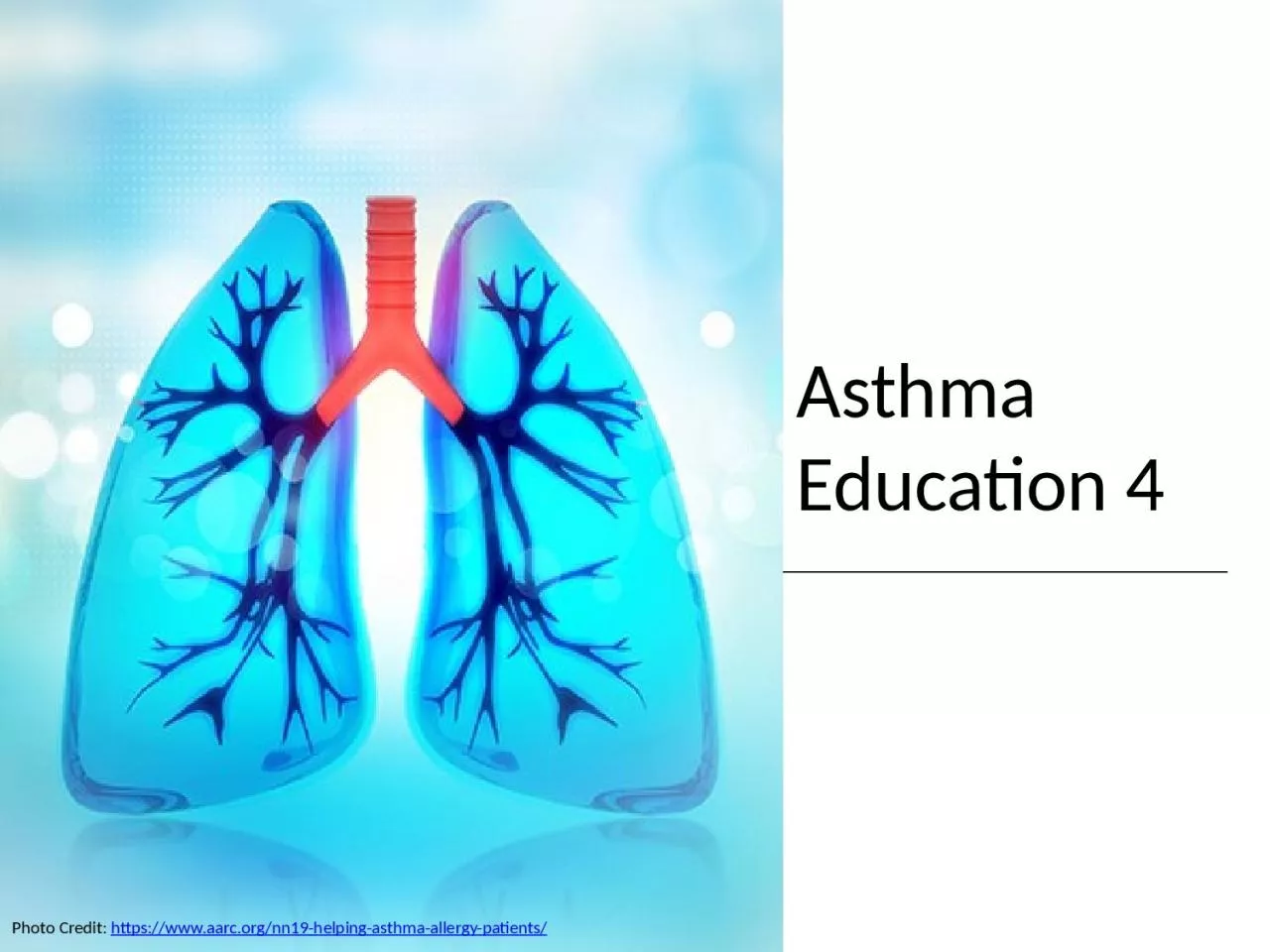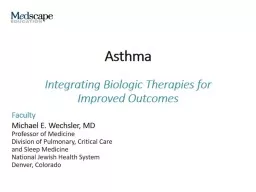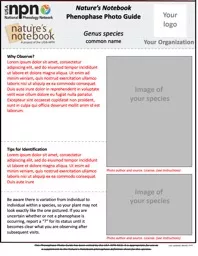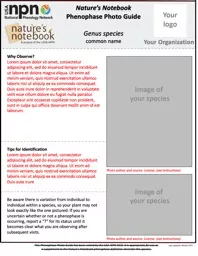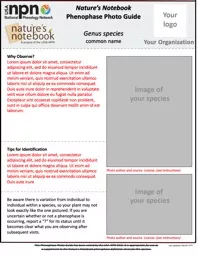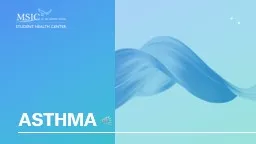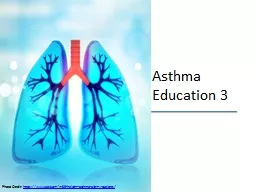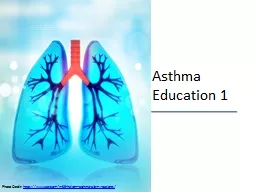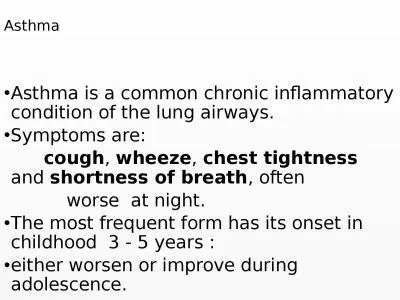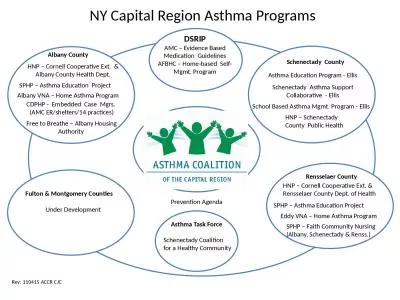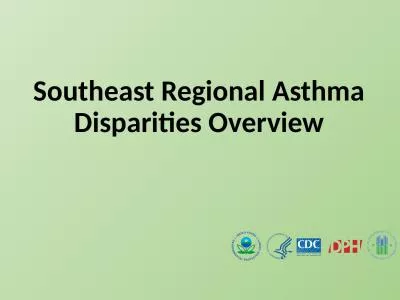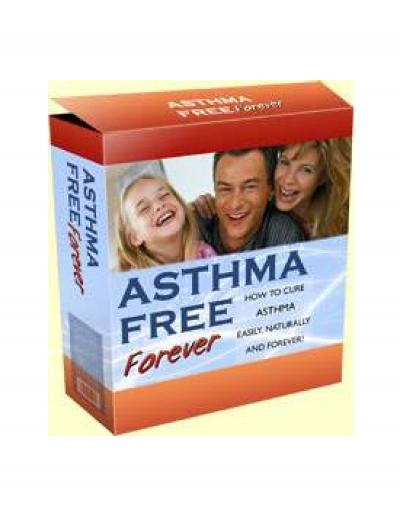PPT-Asthma Education 4 Photo Credit:
Author : eve | Published Date : 2022-06-11
https wwwaarcorgnn19helpingasthmaallergypatients Module 4 Questions 1What is it called when asthma symptoms get bad An asthma encounter An asthma score An asthma
Presentation Embed Code
Download Presentation
Download Presentation The PPT/PDF document "Asthma Education 4 Photo Credit: " is the property of its rightful owner. Permission is granted to download and print the materials on this website for personal, non-commercial use only, and to display it on your personal computer provided you do not modify the materials and that you retain all copyright notices contained in the materials. By downloading content from our website, you accept the terms of this agreement.
Asthma Education 4 Photo Credit: : Transcript
Download Rules Of Document
"Asthma Education 4 Photo Credit: "The content belongs to its owner. You may download and print it for personal use, without modification, and keep all copyright notices. By downloading, you agree to these terms.
Related Documents

